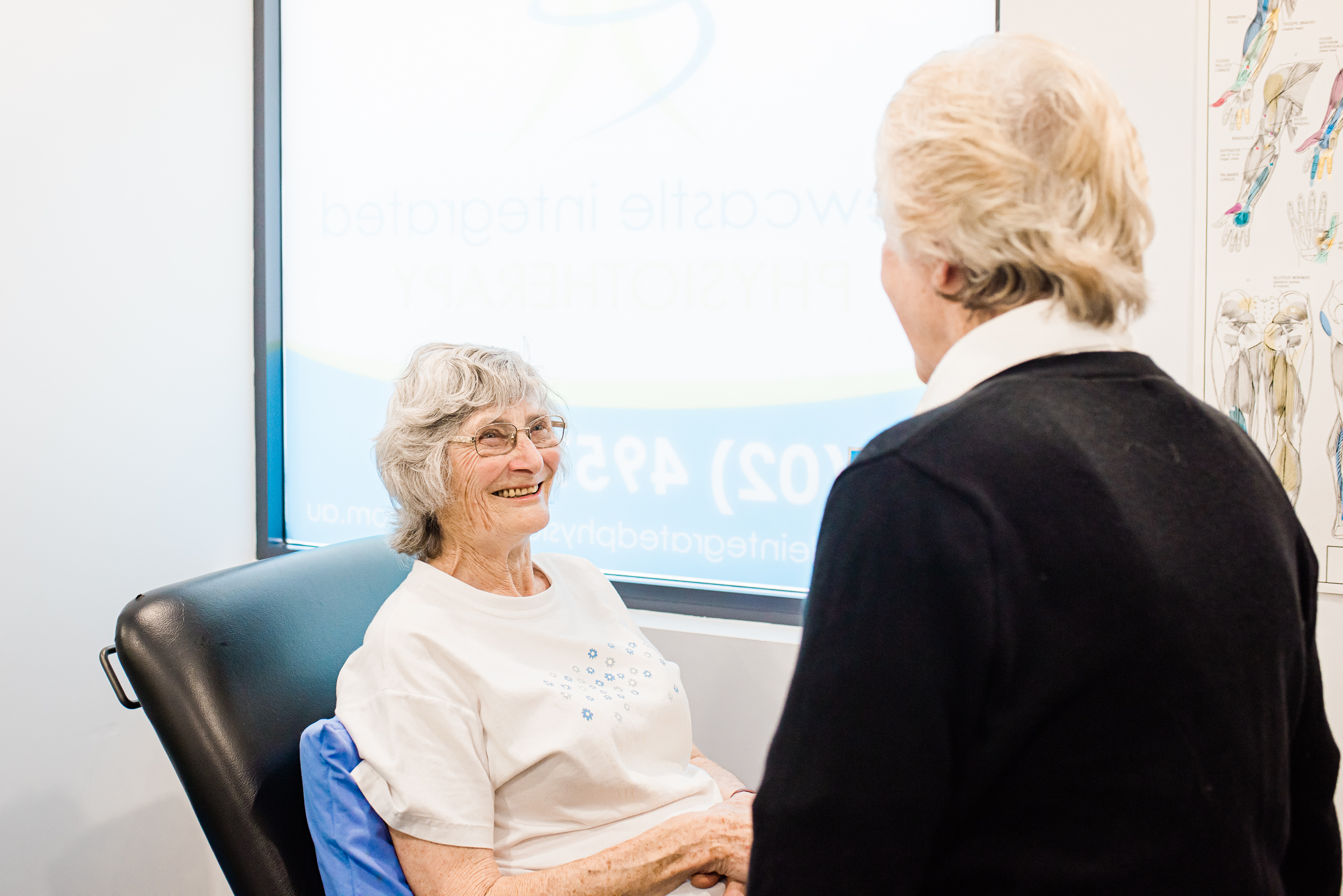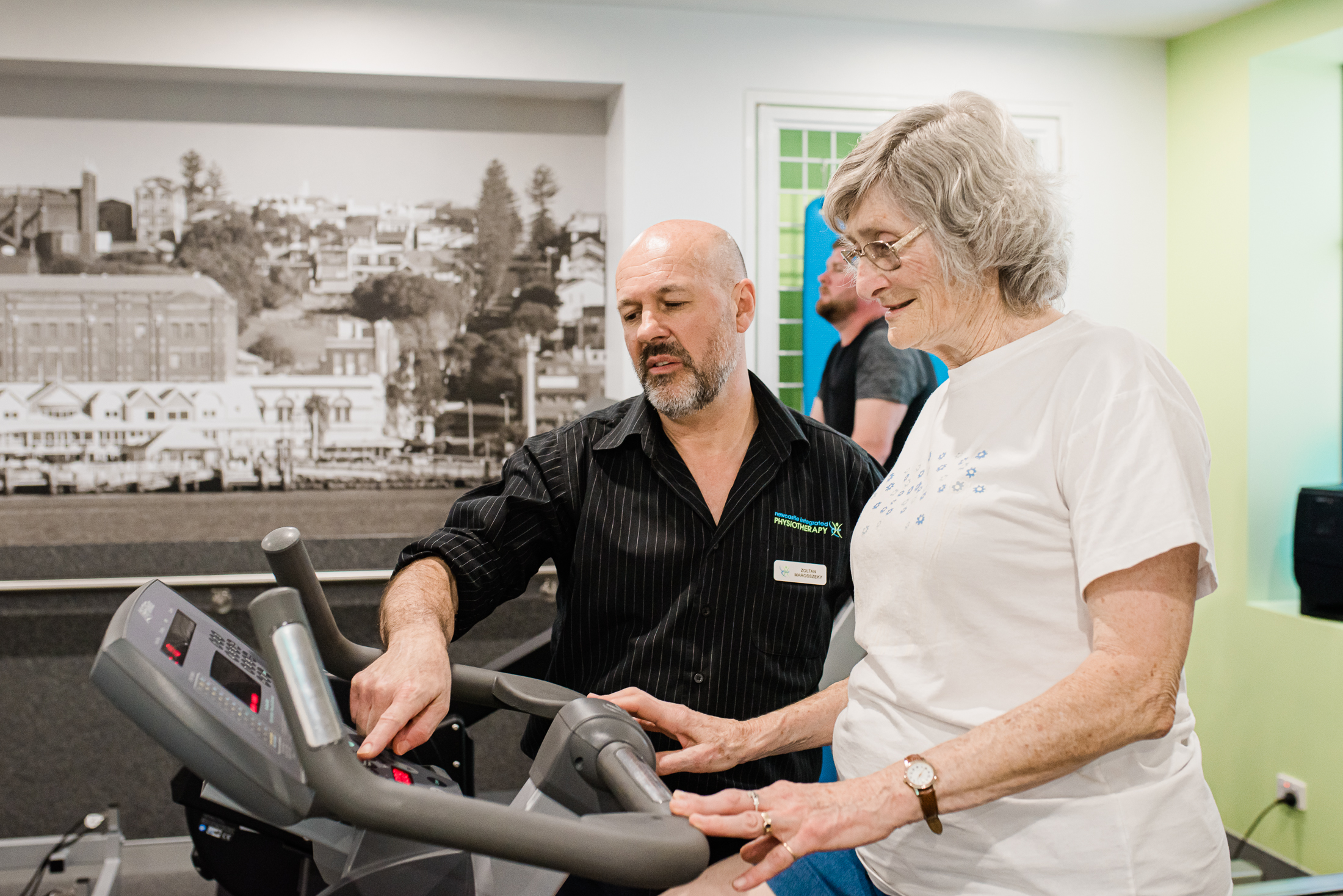What is sciatica pain?
Sciatica pain is pain radiating along the sciatic nerve leading down one or both legs, from the lower back (lumbar spine). It can vary in intensity from a mild ache to a sharp jolt or a burning sensation similar to an electric shock. Sciatica pain can be so severe that simple movements such as walking, bending, standing, or even just sitting can be extremely uncomfortable. Sciatica is a common problem for manual workers or those with a sedentary job and sit at a desk for long periods of time. It is frequently seen in pregnancy. The pain comes from the pressure and inflammation on the nerve.
So what causes it?
There are multiple causes of sciatica pain:
- Sometimes the piriformis muscle becomes inflamed and presses against the sciatic nerve
- Pressure on the nerve (Sitting on a hard surface or seat causing pins and needles to your legs is a form of sciatic pain)
- Prolapsed or ‘slipped’ discs tend to bulge, pressing on nerves and causing pain
- Narrowing of the nerve tunnel between discs due to osteoarthritis
- Spinal injury or other trauma, bone spurs or other growths
- Tight or swollen glutes (buttock muscles)
Symptoms of Sciatica Pain
Some symptoms include:
- A burning sensation to the buttocks
- Aching pain in the buttocks, back of thigh and calf
- Pain in the ankle or foot or both
- Pins and needles
- Increased pain when lifting, straining or coughing
- Loss of power/ strength to the muscles of the leg and foot
Most cases the symptoms of sciatica will resolve by themselves within 6-12 weeks, very rarely is permanent nerve or tissue damage a result. There are many forms of treatment including pain relief, ice packs, heat packs, warm baths, traction, posture correction, stretching, epidural injections and surgery as a last resort.
The role of Physiotherapy
Physiotherapy plays a vital role in treating sciatica pain. The Physiotherapists’ main objectives are to reduce your pain, restore your movement, strengthen weakened muscles and reduce tension.
The physiotherpist will first Diagnose the cause of your pain and then plan for your treatment. Accurate diagnosis is paramount to ensure you recover as quickly as possible. It’s very important that the treatment is specific to your condition.
A treatment plan will involve a combination of techniques and can include some or all of the following:
- A stretching program, including an at home stretching exercise plan, stretching out tight muscles, joints, tendons and ligaments
- The mobilisation or manipulation of the spine/ joints
- Hands on treatment such as massage therapy, trigger point therapy and myofascial release
- Heat therapy
- Dry needling
- Active Therapy, which as name suggests involves you in the treatment process. It means that you can learn ways to treat yourself rather than relying solely on pasive therapy such as hands- on treatment and medication
- Muscle Energy techniques
- Application of electrotherapy such as laser, ultrasound and interferental therapy


